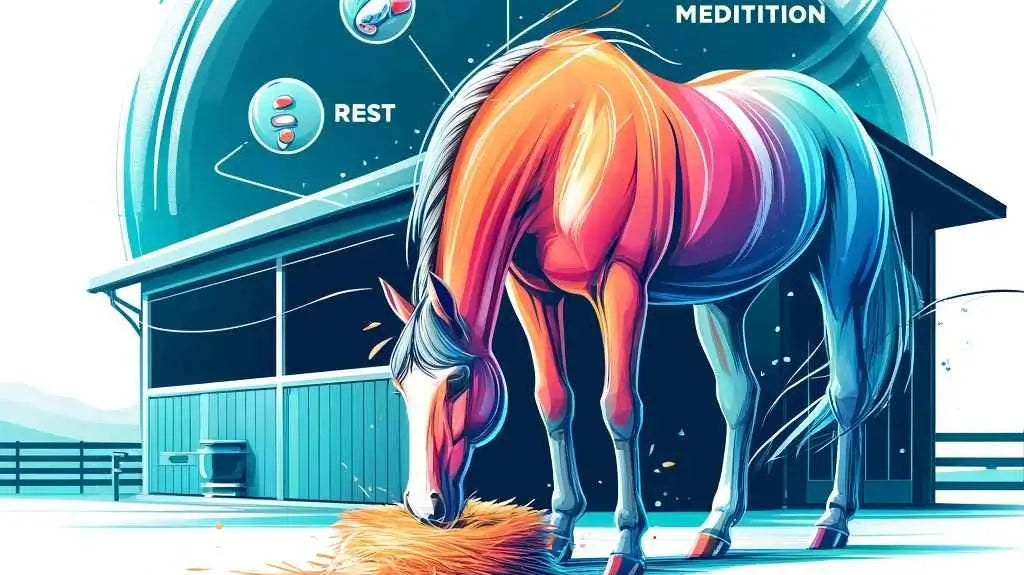Hydroponic Fodder: A Game-changer in Equine Nutrition?
Do you ever ponder upon how revolutionary it would be to have a consistent source of fresh fodder for your horses throughout the year? A potential solution lies in hydroponic fodder.
Hydroponic fodder is a relatively new concept in equine nutrition that has peeked interest among equine enthusiasts and professionals. Interested in knowing more? Saddle up, and let's explore this new and exciting approach to equine nutrition!
What is Hydroponic Fodder?
Different from traditional methods, hydroponic fodder involves growing barley, wheat, oats, or corn in water, sans soil, in a controlled environment such as a greenhouse or an artificially lighted system located within an enclosed box. Can imagine the green scene? No dust, no bugs, and no muddy horse shoes! This innovative process can supplement your horse's diet in about one week, producing 4 to 8 inches of lush, green shoot growth.
Nutritional Beneifts of Hydroponic Fodder for Horses
You might be wondering, "Why should I go for hydroponic fodder?" Well, apart from resembling a childhood science experiment, it comes with a plethora of advantages. One significant benefit lies in its nutritional content.
Compared to traditional pasture or hay, the levels of certain vitamins and essential fatty acids are maintained in hydroponic fodder. These valuable nutrients can often be lost when grass is dried to make hay. For instance, essential for blood clotting, Vitamin K remains readily available. Furthermore, essential fatty acids, such as Omega-3 and Omega-6, which support skin, coat health, and promote proper immune function, stay intact. Not bad for something grown in a box, right?
The Practicalities of Hydroponic Fodder System
Before you gallop off to set up your hydroponic fodder system, let's trot through some important considerations. The initial investment may be significant as specialized equipment, such as grow boxes, grow medium, and artificial lighting, are required. Additionally, ongoing costs, such as electricity and water usage, should be factored into your decision. Basically, planning for a hydroponic fodder system is akin to planning for a new foal - don't forget about the future!
Ongoing Research
As with any new approach, thorough research is required for complete understanding. Studies on the nutrient content of hydroponic fodder vs traditional pasture and hay are necessary to determine if this innovative forage source can satisfy all of a horse's nutritional requirements. Furthermore, research on the long-term effects of hydroponic fodder on equine health and performance is essential to validate its viability as a sustainable feeding solution.
In conclusion, while not replacing hay bales and carrot treats just yet, hydroponic fodder illuminates an exciting potential to provide horses with fresh, nutritious forage year-round. The horse world is ever-evolving, and as we trot towards sustainable solutions to equine care, hydroponic fodder may prove to be a valuable addition to our feeding regimens. So why not saddle up and take the leap with this innovative solution for your equine friends?
This article draws on ideas from a previously published article entitled "Hydroponic Fodder for Horses" and another article titled "Exploring the Potential of Hydroponic Fodder for Horses: A Sustainable and Nutritious Forage Solution", the original sources of which were not provided.




